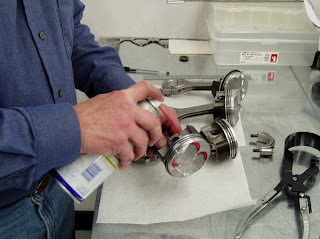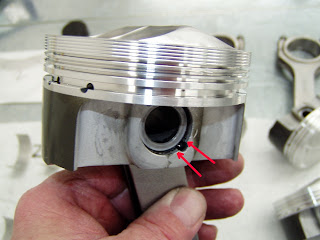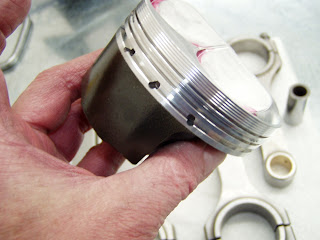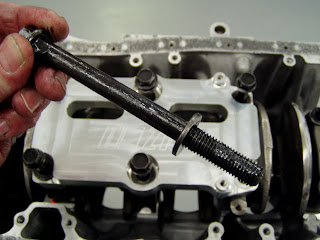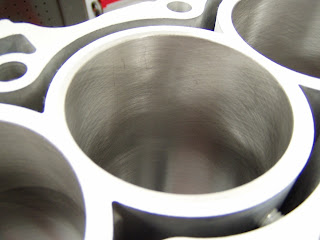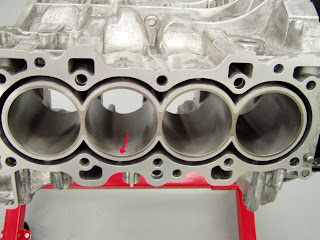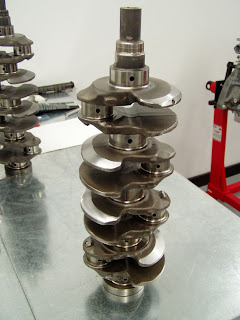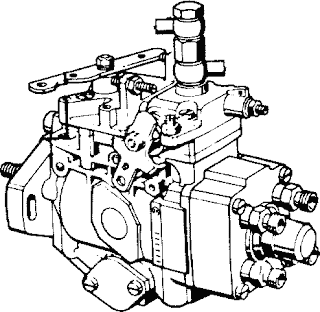For many home mechanics the diesel injection pump is a bit of a mystery. The Bentley and Haynes repair manuals doesn't describe its internals, because it's not serviceable except by a few diesel specialists. Learning some basics of how it works and what its internals are could be of interest to the diesel owner, and the knowledge certainly can't hurt when troubleshooting fuel injection problems, even if one isn't about to take the pump apart. The purpose of the fuel injection pump is to deliver an exact metered amount of fuel, under high pressure, at the right time to the injector. The injector, unlike in a gasoline engine, injects the fuel directly into the cylinder or a prechamber connected to the cylinder. The VE in the name of the Bosch pump used in the VW diesels and many other small diesel engines stands for "Verteiler", which is German for distributor or divider. The other common kind of injection pump is the inline p...
